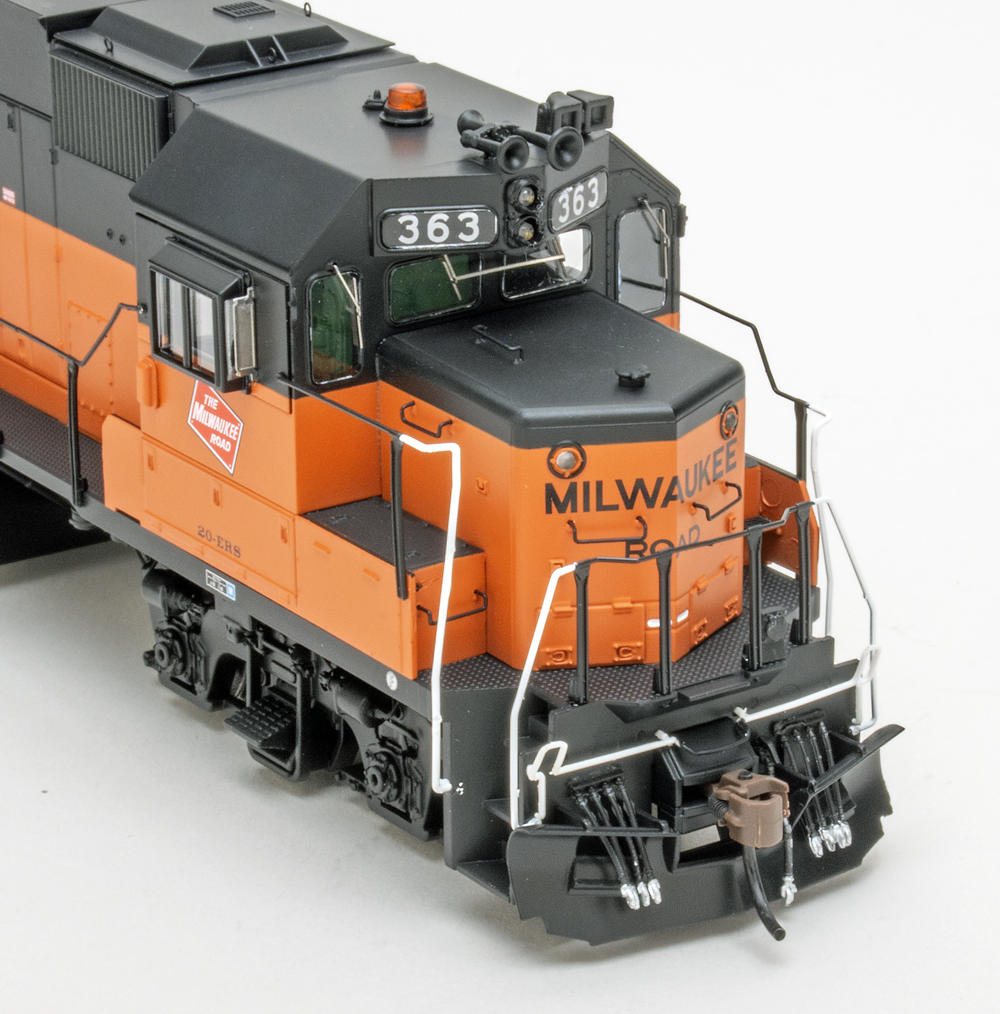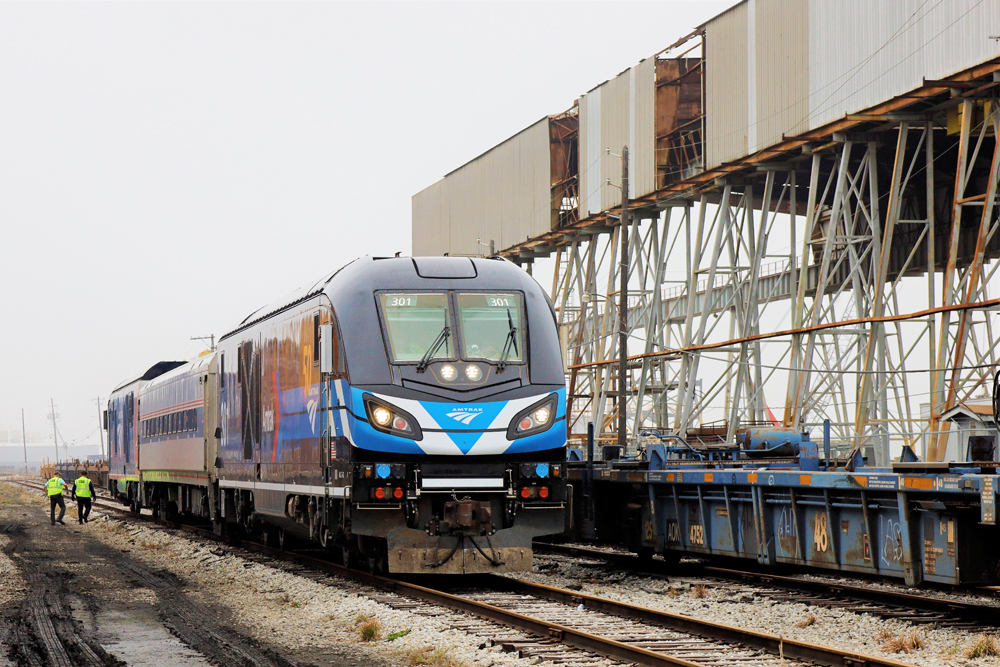X Train, Barron said, built its business plans around a study released in 2007 by the Regional Transportation Commission of Southern Nevada. The study said that if a passenger train with a “Vegas style” theme could run under six hours from Southern California to Las Vegas, about 30 percent of the 12 million people that currently drive the route annually would leave their cars at home and take the train.
X Train plans to spend $100 million raised from investors to set up the service, in addition to $12 million it has already spent. To reach Las Vegas, X Train needed to reach an agreement with UP. That agreement was recently announced, which Barron described as a “stunner” for many people. He said it calls for X Train to pay UP $56 million up front. Of that amount, approximately $27 million will be spent mainly in and around Las Vegas before service begins. Barron said it would include double-tracking 3.3 miles of track in the Las Vegas area, and relocating the Las Vegas UP crew change location so freight trains won’t foul access to the X Train’s downtown station. Other money would be spent to lengthen several sidings on UP’s Cima Subdivision to 10,000 feet to facilitate meets. That may not happen until after service begins, but be completed within two years of start up.
The improvements are necessary, Barron said, to enable the train to run on time. “Passenger service like this has to be reliable – people can set their watch by it. UP understands that thoroughly,” he said.
Barron said operating rights over BNSF are contained in an operating agreement with Amtrak, which will provide operating personnel for the service. He said that agreement has been drafted and that the final “linchpin” for Amtrak was for X Train to secure the UP agreement. He expects the Amtrak negotiations to be concluded “shortly.”
The 1,500-foot train will operate using Amtrak crews. Barron said three F59 locomotives would pull the 16-car train, which will consist of rebuilt gallery-style commuter cars that have already been purchased. The cars will be rebuilt in Las Vegas into three types, at a cost of about $1 million each using components from 45 vendors. There will be 12 first class lounge cars with assigned seating that will include flat screen televisions, and a small lounge bar area in each car. There will also be “ultra lounge” cars, which will be more traditional lounges for passengers to gather. A service car will carry crewmembers, supplies, food and beverages that can resupply the other cars as the train travels. Rebuilding work will begin after the first of the year, Barron said, and the cars will be ADA compliant.
When asked by Trains News Wire how he expects to make a profit on privately operated passenger service, Barron said, “It’s expensive to get in this. We have spent $12 million getting just to the entitlement position we are in right now. It’s not a hobby for anybody. Our offering we are in the process of doing with Dahlman Rose (an investment firm) will raise $100 million. In railroad terms, essentially buying a new railroad for $100 million is pretty cheap, although that’s a lot of money without a doubt.”
“There are a number of privately operated [passenger] railroads, most of them short line excursion type either scenic or dinner trains. This is different of course, but they do make money. It all has to do with, in our case, charging a market rate that works. It’s not particularly complicated in that respect. We’ve got whole host of expenses associated with this but we are charging a rate that works for the company and provides adequate margin. The costs are fairly identifiable; you’ve got fuel, people, access rates, and things of that nature. I will tell you that over the last year or so, with our underwriters and with the rail companies as well we have thoroughly vetted the fact that we can make this a very profitable enterprise.”
Responding to a question from investors, Barron added, “I’ve got 12 million people on the I-15 highway. For this to be profitable, I need one half of one percent of those people to ride my train. If I get eight percent of those people to ride my train, I’ve got a $500 million a year business. That’s a pretty compelling argument for this.”
Barron said the company is reviewing potential sites for a new $6.5 million station in downtown Las Vegas, including the former Amtrak station site at the Plaza Hotel and at least two other sites, with a decision on the site expected in the next week.
Test runs of the new train will begin in October 2013, Barron said.













